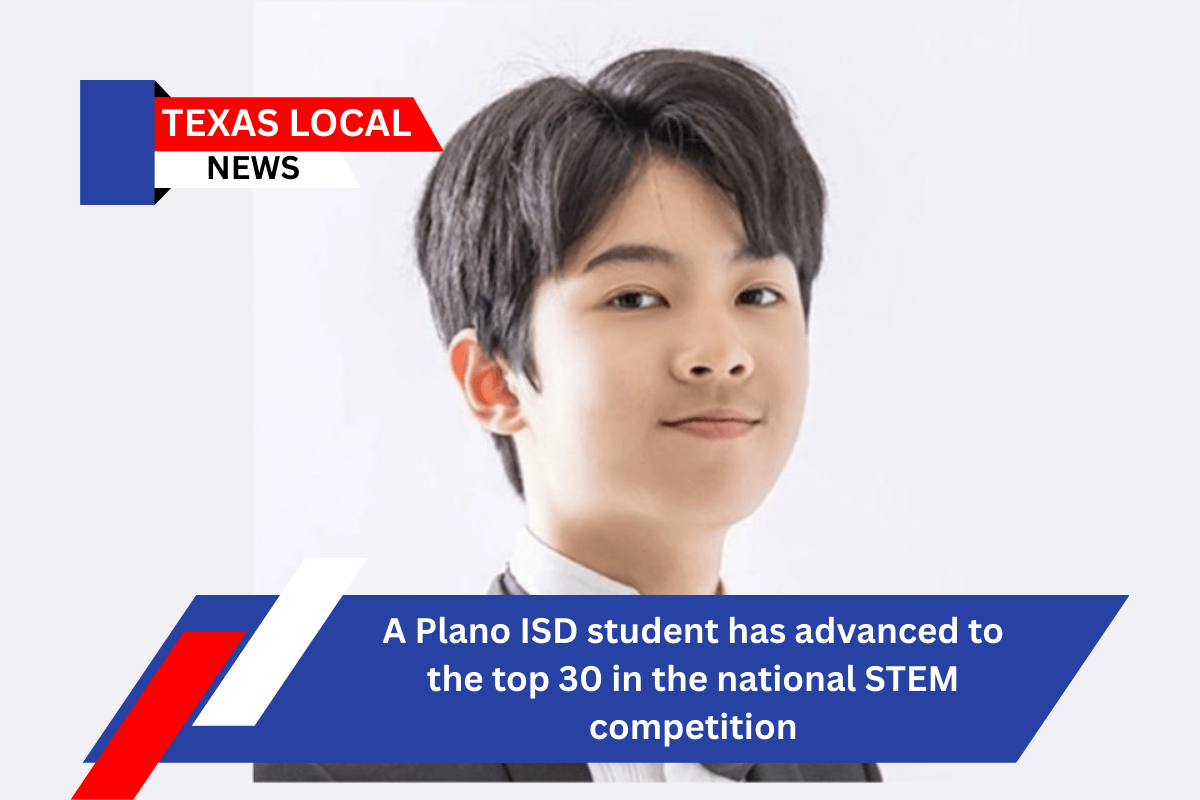Plano Independent School District has another reason to celebrate. Matthew Kuo was chosen a finalist in the 2025 Thermo Fisher Scientific Junior Innovators Challenge, one of the nation’s top STEM competitions for middle school students.
Kuo, an eighth-grader at Renner Middle School last year and now a ninth-grader at Jasper High School, was one of nearly 1,900 applicants from 34 states and Puerto Rico who made the Top 30.
Earlier this month, Local Profile featured three Plano ISD students named to the Top 300: Kuo, Terri Lv of Rice Middle School, and Rajveer Savla, also of Rice. Kuo is the only person from the district to make it to the Top 30.
Fuel Cells and New Ideas
Kuo’s project, Factors Affecting Fuel Cell Energy Efficiency, looked into how water quality affects the efficiency of proton exchange membrane fuel cells.
He contrasted energy sources and examined over 50 situations, discovering unexpected results: greater pH levels increased efficiency, whereas contaminants such as salt diminished it. Sugar, on the other hand, improved performance in specific situations.
“I wanted to explore something unfamiliar,” Kuo said of his decision to examine fuel cells after previously dabbling with solar and wind power. His discoveries propose new ways to improve renewable energy systems.
As a finalist, Kuo earns a $500 reward from the Department of Defense STEM Education Consortium and will compete for over $100,000 in prizes during finals week in Washington, D.C., October 24-29.
Finalists will be assessed not only on their projects, but also on their teamwork and problem-solving abilities throughout STEM challenges.
In an official statement, Thermo Fisher’s Chief Scientific Officer, Dr. Karen Nelson, lauded the finalists’ “ingenuity” and capacity to envisage long-term solutions.
What Comes Next?
During Finals Week, students will compete for important prizes, including the $25,000 ASCEND Award for overall excellence and $10,000 scholarships for invention, health advancement, and computational projects. Previous winners have developed fire detection systems, water filters, and other practical solutions.
“This year’s finalists asked bold questions about the world around them,” stated Maya Ajmera, President and CEO of the Society for Science, in an official statement. “Their work reflects the bright future of STEM, importance of encouraging curiosity and the vital need to invest in STEM opportunities for young people.”
